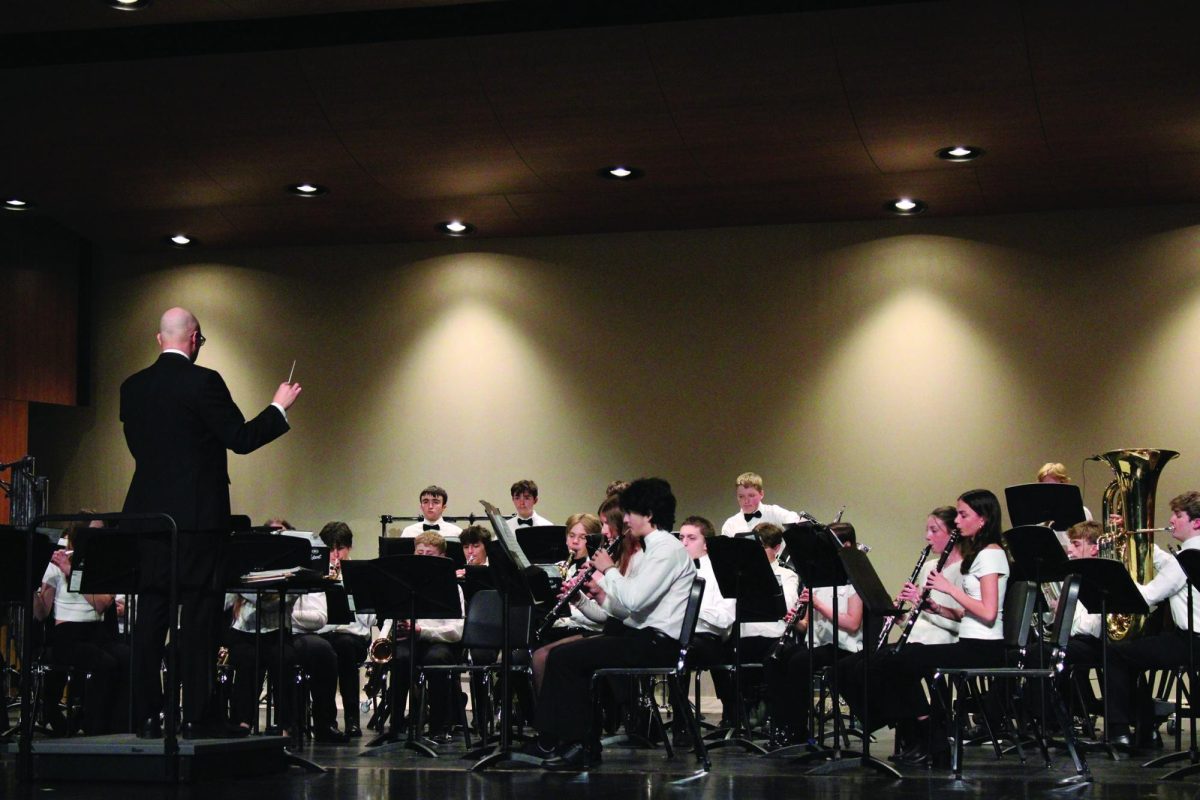Virulent flu sweeps the nation
March 2, 2018
The winter months are known as the prime cold and flu season. However, this year’s flu has been uncharacteristically aggressive in the past three months, according to the Center for Disease Control. The influenza virus has spread rapidly and claimed over 65 American lives in 2018. While many people use “flu” as an umbrella term, there actually are several different strains of influenza. The most common strain has been H3N2, Antonio Pangan M.D., Medical Director for Loyola Center of Health at Burr Ridge, said.
“The problem is the H3N2 virus changes a little quicker over time,” Pangan said. “[CDC officials] choose the type of virus to go into the vaccine, but by the time it comes out, the virus has changed.”
One of the reasons H3N2 has spread so quickly involves the method in which the virus attacks. Overall immunity is weakened, leaving the respiratory tract more susceptible to other types of infections, such as pneumonia, Pangan said. Coupled with a vaccine efficacy at only 30-33 percent, the flu is striking an inordinate number of patients this year.
When a highly contagious virus is present in crowded school environments, it can wreak havoc on student attendance. Sheer number of ill students forced Aurora’s Illinois Math and Science Academy and Komarek Elementary School to close for multiple days in January, with over 15 percent of each school’s student body absent.
On Dec. 9-10, 2014, Nazareth called off school to prevent further spread of infection, and allow those who were ill to recuperate, Nazareth Principal Deborah Tracy said.
“It was not just students, but faculty [missing school],” Tracy said. “The quality of education was in question for those who were even able to come.”
Luckily, the two day hiatus was enough to get the majority of their students back in class, and they were able to finish the semester as planned.
At LT, attendance office reports that the school has not succumbed to mass numbers of absences in recent months. SC nurse Julie Loftus believes LT may be staying under the radar of the virus.
“Both health offices are in contact with the attendance offices,” Loftus said. “We track reports of the flu, fevers, [and] stomach viruses; it can be tricky to receive data [on the specifics of students’ illnesses].”
On Feb. 1 of this year, the attendance was at 94.17 percent, whereas last year on the same day it was 95.28 percent, Loftus said. This discrepancy is not significant enough to blame influenza, though “there certainly have [been] people in the community who have been seriously affected,” Loftus said.
Part of the reason behind LT’s continued high attendance may be the preparation that the health service and buildings and grounds workers have done. “High-touch” areas like keyboards, doorknobs, handrails and desks receive special disinfection attention, Loftus said. LT health services also offer free flu shots to faculty.
The flu season can often carry into late spring, and many health officials believe we are in the midst of its peak; the good news is that it will soon fall, Pangan said. However, there still will be many new cases diagnosed in the next few months.
If a student exhibits any flu symptoms, it is wisest to just stay home, Pangan said.
“It’s the best service you could give to those around you,” he said.





















![Movie poster for '[Rec]" (2007).](https://www.lionnewspaper.com/wp-content/uploads/2023/04/rec-640x900.jpg)


